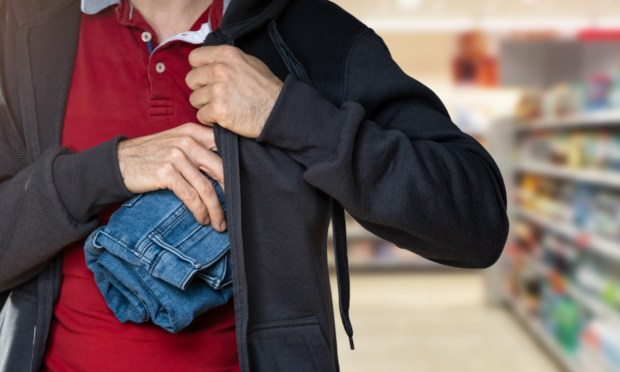Retail Theft Costs US Merchants Like Walmart and Target $100 Billion a Year

“It’s more than shoplifting. It’s organized retail theft,” PYMNTS said at the end of May and it’s an issue that lives on.
U.S. retailers are still grappling with “inventory shrinkage,” which encompasses the vanishing of products owing to theft, coordinated criminal endeavors, product impairment, vendor deception, and a range of other possibilities.
The issue was consistently raised during the recent earnings calls of retailers like Target, Walmart and Home Deport.
On Aug. 16, Target’s CEO, Brian Cornell, expressed the retailer’s challenge in dealing with an “an unacceptable amount of retail theft and organized retail crime.” This statement mirrors a previous one made in November.
Target CFO Michael Fiddelke said the disappearance of merchandise resulted in a $400 million reduction in the retailer’s gross profit for the year.
“Shrink in the second quarter remained consistent with our expectations but well above the sustainable level where we expect to operate over time,” Cornell said during the Q2 earnings call.
Walmart US CEO John Furner said shrinkage has risen slightly this year, following an increase the previous year. He also noted that the issue varies across different regions of the country.
Home Depot acknowledged that its profit margins were hurt by retail theft. In the second quarter, Home Depot’s gross margin was 33%, representing an 8-basis-point reduction year over year. This decrease was mostly attributed to shrinkage.
Read more: Home Depot: Consumers May Not Be Spending Big, but They’re Still Remodeling
“Shrink has been a consistent pressure over the last several quarters and even the last few years. It’s something we’re tackling every day” Home Depot CFO Richard McPhail said on the company’s earnings call.
A Growing, Costly Problem
According to data collected in 2021, as reflected in the National Retail Federation’s (NRF) National Retail Security Survey, the problem of retail shrinkage cost nearly $100 billion for the industry. That’s twice the $45.2 billion reported in 2015. And the concerns extend beyond mere shoplifting, encompassing organized retail crime and employee theft.
The magnitude of the problem has extended to violence.
“During the first five months of this year, our stores saw a 120% increase in theft incidents involving violence or threats of violence,” Target’s Cornell said.
Compounding the issue, Marq Claxton, a former New York City officer and the director of political affairs and public relations at the Black Law Enforcement Alliance, has emphasized that the escalation of “successful outcomes for the thieves” is exacerbating the situation. With that in mind, Claxton cautions that thieves are progressively adopting more violent, aggressive, and frequent behavior involving a larger number of individuals.
Over the previous weekend, thieves managed to escape with about $300,000 worth of merchandise following a “flash rob” incident at a Nordstrom store in California.
Consequently, Los Angeles is initiating a task force aimed at addressing the surge in organized retail thefts.
On Thursday (Aug. 17), Mayor Kim Bass of the City of Los Angeles declared that the task force will include law enforcement hailing from the Los Angeles Police Department, Los Angeles Sheriff’s Department, the U.S. Marshals Apprehension Task Force, and the FBI Apprehension Task Force.
Some Retailers Defeat the Purpose of In-Store Shopping
While more retailers have taken steps such as securing higher-value items behind plexiglass and implementing surveillance cameras and other security systems, these actions are not without drawbacks. According to Walmart CEO Doug McMillon, the company avoids the need to “lock anything up” due to the negative impact on business and customer interaction.
To start, the placement of valuable items behind barriers can frustrate shoppers seeking close product scrutiny and informed choices. Delays as customers await staff assistance for secured items can diminish in-store shopping gratification.
Moreover, in traditional store visits, customers stumble upon unexpected products, encouraging impulse buying. However, these unplanned purchases may dwindle due to extra barriers and security checks. If customers sense restrictions, they might adhere to predetermined lists, foregoing spontaneous purchases.
Nevertheless, do we need to embrace this trade-off to ensure safety and lower theft rates? Will consumers grasp the underlying reasoning? Only time and the consumer will tell.
